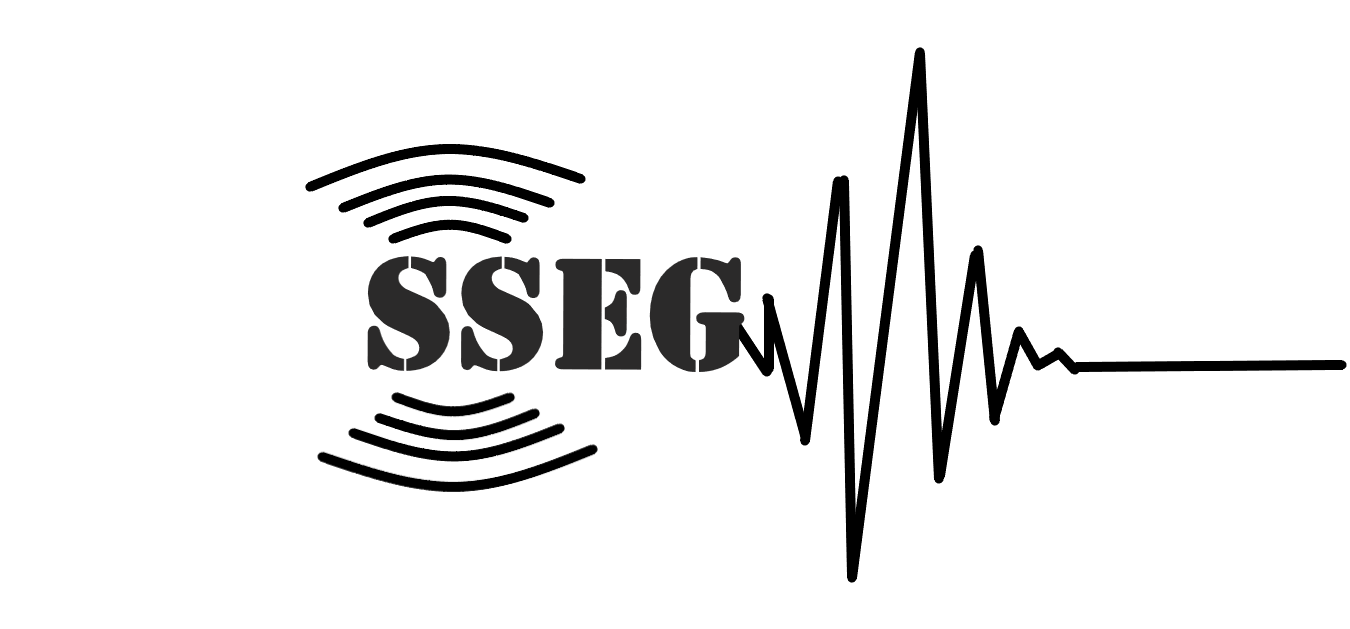
Research Associate, Civil
- BTech: IIT Madras, India, 2013
- PhD: IIT Gandhinagar, India, 2019
Email: gopalakrishna.rodda@iitgn.ac.in
ResearchGate: https://www.researchgate.net/profile/Gopala_Rodda
Google Scholar: https://scholar.google.com/citations?user=d4EDhhoAAAAJ&hl=en
Area: Spatial variability of ground motion
Earthquake excitations recorded over a spatial footprint do change in the phase and amplitude of the ground motion which is referred to the spatially varying ground motion (SVGM) and it is likely to induce additional internal stresses in certain constructed facilities. An evolutionary power spectral density (EPSD) based framework is being investigated to simulate the nonstationary SVGM essential for the seismic analysis of the important structures. First, ground motion field is modelled as the plane wave propagation through the soil medium with the addition of random motion as noise in the representative Figure. A lagged coherency model is proposed to quantify the spatial variability. Next, EPSD based framework is proposed to simulate the nonstationary SVGM through the calibrated lagged coherency model and the mapping of EPSD over the spatial footprint.

Schematic representation of seismic wave propagation
Publications:
Journal Publications
- Rodda, G. K., & Basu, D. (2020c). Evolutionary Power Spectral Density based Framework for Conditional Simulation of Nonstationary Spatially Varying Vertical Ground Motion. Soil Dynamics and Earthquake Engineering, (Under review).
- Rodda, G. K., & Basu, D. (2020b). A Novel Framework for Conditional Simulation of Fully Nonstationary Spatially Varying Ground Motion Field. Earthquake Engineering and Structural Dynamics, (Accepted for publication).
- Rodda, G. K., & Basu, D. (2020a). Spatially correlated vertical ground motion for seismic design. Engineering Structures, 206, 110191. [Impact Factor: 3.548]
- Rodda, G. K., & Basu, D. (2019b). Parameterisation of auto-spectral density of earthquake induced strong ground motions. Soil Dynamics and Earthquake Engineering, 118, 52-64. [Impact Factor: 2.637]
- Rodda, G. K., & Basu, D. (2019a). On Conditional Simulation of Spatially Varying Rotational Ground Motion. Journal of Earthquake Engineering, DOI: 10.1080/13632469.2019.1573158. [Impact Factor: 2.779]
- Rodda, G. K., & Basu, D. (2018c). Apparent translational component for rotational ground motions. Bulletin of Earthquake Engineering, 16(1), 67-89. [Impact Factor: 2.602]
- Rodda, G. K., & Basu, D. (2018b). Spatial variation and conditional simulation of seismic ground motion. Bulletin of Earthquake Engineering, 16(10), 4399-4426. [Impact Factor: 2.602]
- Rodda, G. K., & Basu, D. (2018a). Coherency model for translational and rotational ground motions. Bulletin of Earthquake Engineering, 16(7), 2687-2710. [Impact Factor: 2.602]
- Rodda, G. K., & Basu, D. (2016). On extracting rotational components of ground motion using an empirical rotational window. International Journal of Earthquake and Impact Engineering, 1(3), 253-288 (Invited paper for the inaugural issue).
.
Conference Proceedings
- Rodda, G. K., & Basu, D., On characteristics of near-field ground motion, International Conference on Safety 2017, IIT Gandhinagar, Gandhinagar, India, January 3-4, 2017.
- Rodda, G. K., & Basu, D., Coherency model for dense seismic array, Structural Engineering Convention 2016, CSIR-SERC, Chennai, India, December 21-23, 2016.
- Basu, D., & Rodda, G. K., Development of A window-based approach for simplified estimation of rotational ground motion, 5th Tongji-UBC Symposium on Engineering, Shanghai, China, May 4-8, 2015.
.
Book Chapters
- Rodda G.K., & Basu D. (2019) Coherency Model for Dense Seismic Array. In: Rao A., Ramanjaneyulu K. (eds) Recent Advances in Structural Engineering, Volume 2. Lecture Notes in Civil Engineering, Vol 12. Springer, Singapore, DOI: 10.1007/978-981-13-0365-4_26 (Corresponding Author) (updated version of conference proceedings at Structural Engineering Convention 2016).

